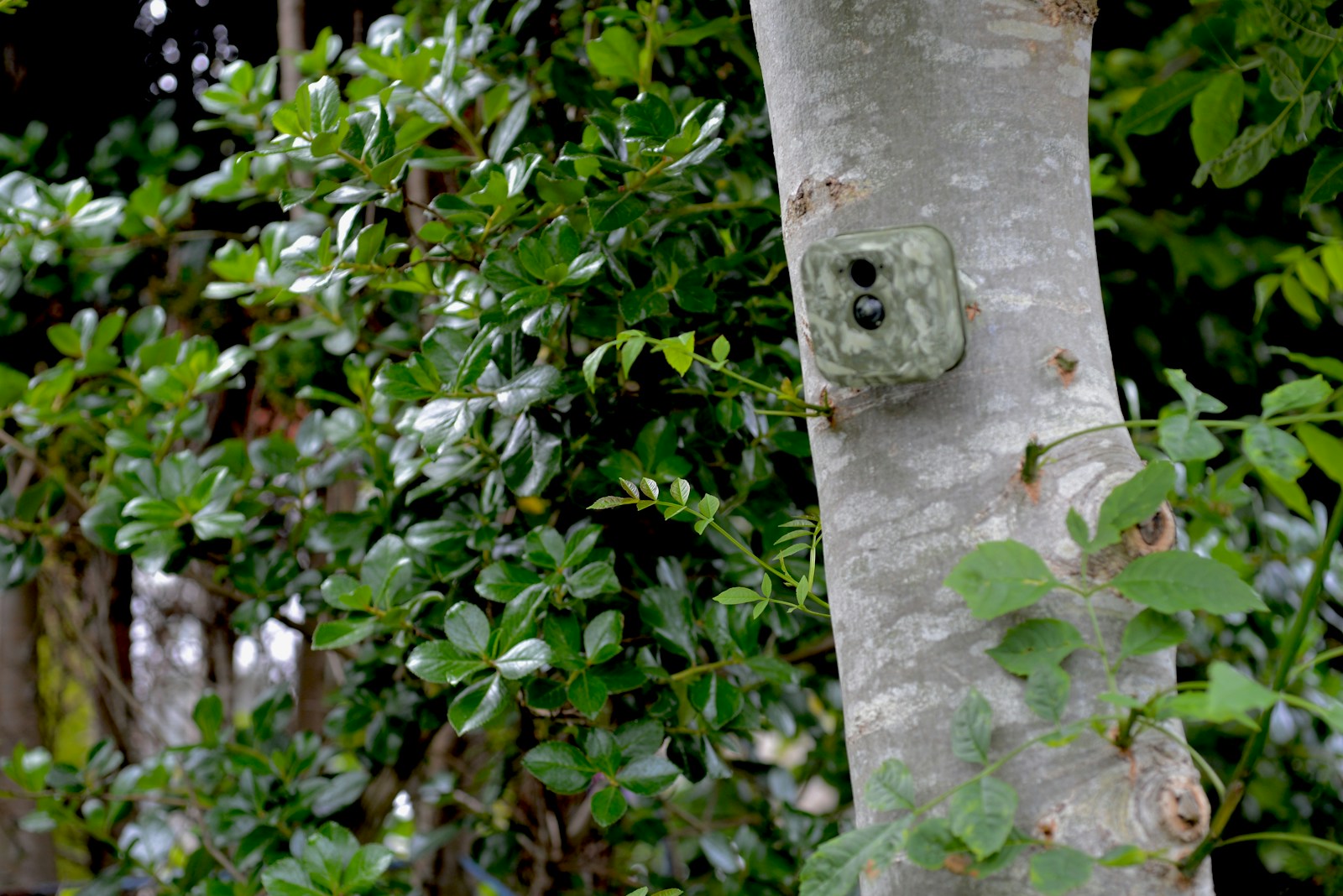Tucked away in the dense foliage of national parks, mounted on weathered tree trunks, or positioned strategically near water sources, thousands of inconspicuous cameras silently document the secret lives of endangered species. These high-tech sentinels represent a technological revolution in wildlife conservation, allowing researchers to gather unprecedented data without disturbing natural behaviors. Trail cameras, camera traps, and remote monitoring systems have transformed how park authorities track, study, and protect vulnerable species facing extinction threats. By capturing animals in their most natural state—unaware of human observation—these hidden eyes in the wilderness provide critical insights that inform conservation strategies, habitat protection efforts, and anti-poaching initiatives worldwide.
The Evolution of Wildlife Monitoring Technology
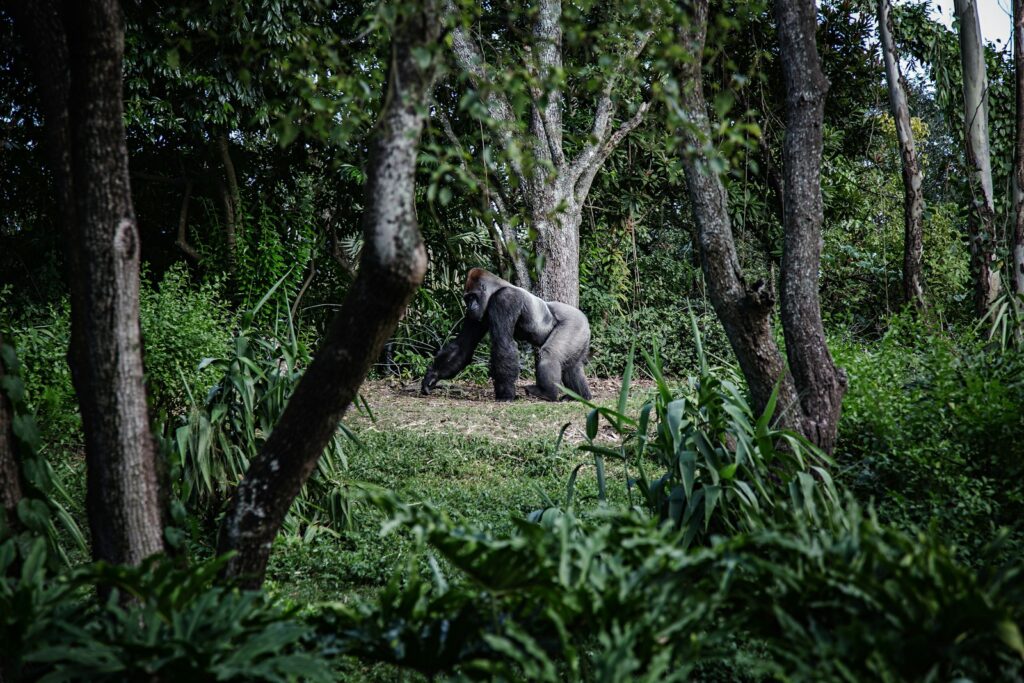
Wildlife monitoring has undergone a remarkable transformation over the past several decades, evolving from direct observation methods that often disturbed animal behavior to sophisticated remote sensing technologies. Early tracking relied heavily on physical presence, field notes, and sometimes invasive tagging procedures that could stress animals and alter their natural patterns. The 1990s marked a turning point with the introduction of first-generation trail cameras, though these early models required frequent maintenance, used film that needed developing, and offered limited functionality. Today’s camera systems represent the culmination of rapid technological advancement—featuring motion sensors, infrared capabilities, weather-resistant casings, and wireless data transmission that allows researchers to collect information without leaving a human footprint in sensitive areas. This evolution has dramatically expanded the quantity and quality of data available to conservation scientists while minimizing the observer effect that plagued earlier research methods.
Camera Trap Fundamentals: How They Work
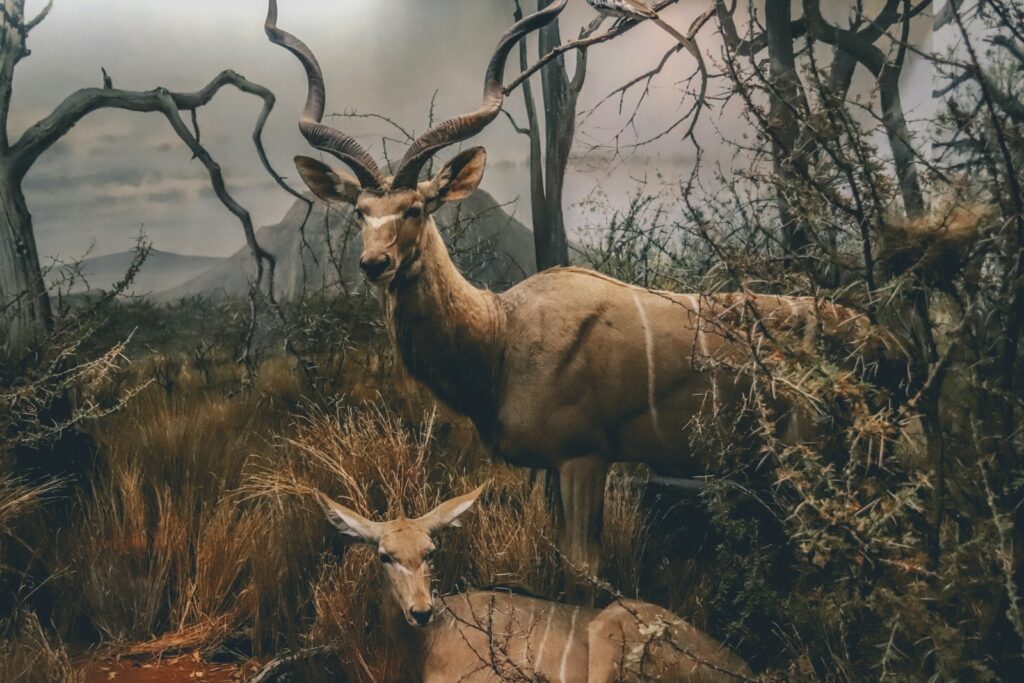
Modern wildlife cameras operate through a sophisticated combination of sensors, processors, and imaging technology designed to capture animal activity with minimal human intervention. At their core, most systems utilize passive infrared (PIR) sensors that detect changes in heat signatures when an animal passes through the detection zone, triggering the camera to activate and begin recording or capturing images. Advanced models incorporate multiple triggers including motion detection, heat differential analysis, and even weight sensors on specialized platforms to maximize capture success while minimizing false positives from moving vegetation or environmental factors. Many cameras now feature “no-glow” infrared flash technology that remains invisible to wildlife, allowing for nighttime photography without startling animals with visible light. Depending on research needs, these devices can be programmed for time-lapse sequences, burst photography, or video recording with customizable sensitivity settings tailored to target species of different sizes and movement patterns.
Strategic Placement: The Science of Camera Location
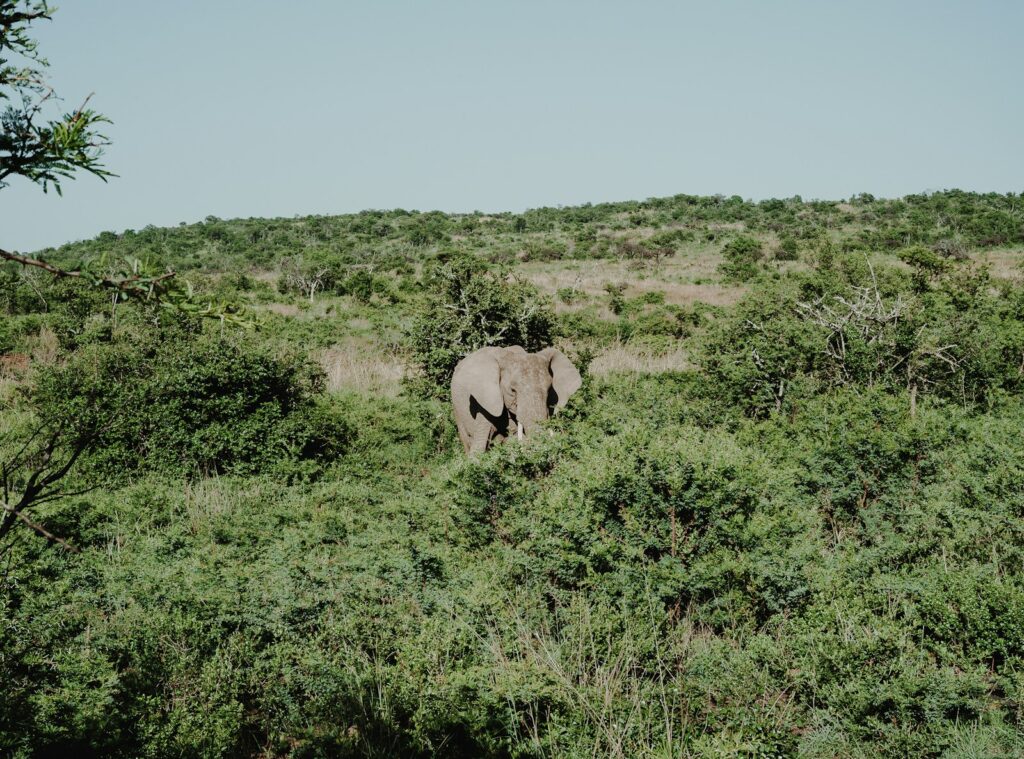
The effectiveness of wildlife camera monitoring hinges critically on thoughtful, strategic placement based on thorough habitat analysis and species behavior patterns. Conservation biologists typically conduct preliminary surveys to identify wildlife corridors, feeding grounds, water sources, and territorial boundaries where target species are most likely to appear. For large mammals like tigers or elephants, cameras often line established game trails or natural bottlenecks in the landscape where animals are funneled through specific areas. When monitoring smaller or more elusive creatures, researchers may create arrays of cameras in grid patterns to systematically sample larger territories, sometimes supplementing placements with species-specific attractants like scent lures that don’t interfere with natural behavior. Height, angle, and orientation receive careful consideration—cameras monitoring primates require different positioning than those targeting ground-dwelling species, with each setup customized to maximize the probability of capturing clear, identifiable images while minimizing environmental interference from extreme weather or curious animals that might damage equipment.
Identifying Individual Animals Through Visual Patterns
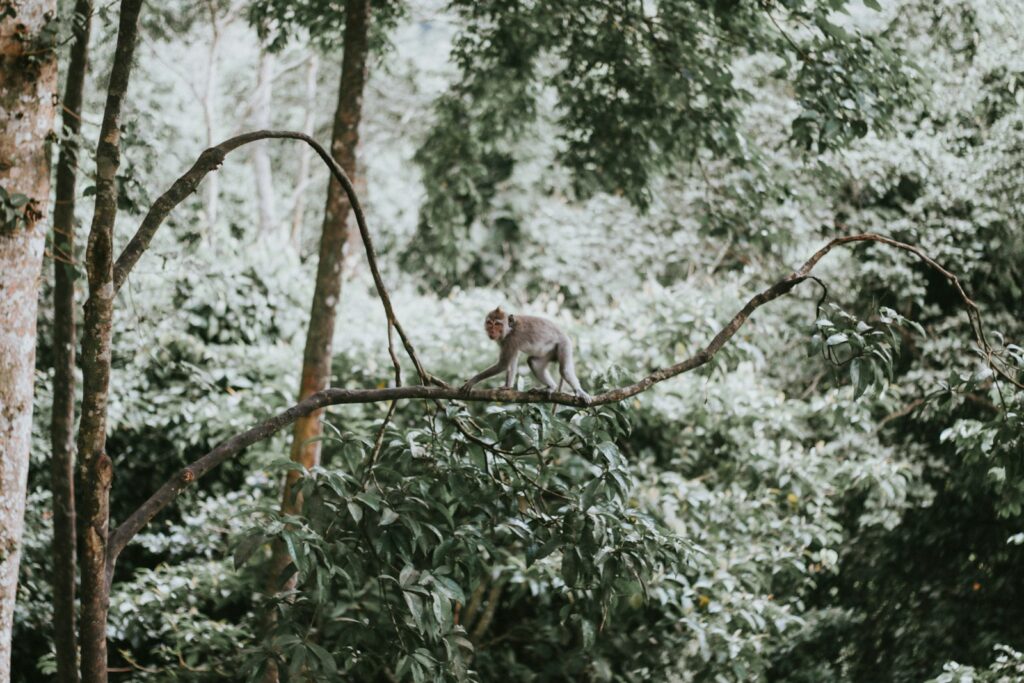
One of the most powerful applications of camera trap technology is the ability to identify individual animals within a species population through their unique physical characteristics. Many endangered species display natural marking patterns that serve as nature’s fingerprints—tigers have distinctive stripe patterns, leopards possess unique rosette configurations, and even elephant ears show characteristic notches and vein patterns that remain consistent throughout their lives. Advanced image recognition software can now catalog these identifying features automatically, creating comprehensive digital libraries of individual animals within a monitored area. For species without obvious markings, researchers may rely on subtler characteristics like scars, torn ears, body size ratios, or even gait analysis from video footage to distinguish between individuals. This identification capability enables population censuses of unprecedented accuracy, allowing conservationists to track specific animals over time, monitor their movements through different territories, and ultimately compile more precise population estimates than were previously possible through traditional observation methods.
Collecting Data Without Human Presence
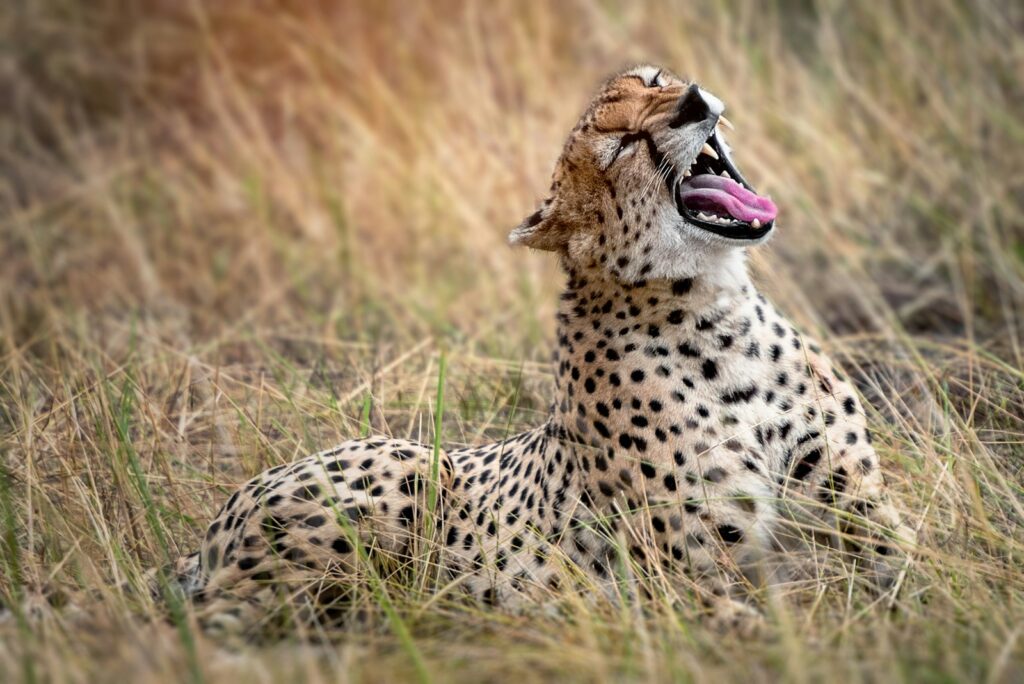
The profound advantage of camera trap technology lies in its ability to gather extensive wildlife data without the contaminating influence of human presence in sensitive habitats. Traditional wildlife observation inherently changes animal behavior—prey species become more vigilant or flee entirely, predators may alter hunting patterns, and natural interactions between species can be disrupted by the mere scent or sound of human observers. Remote cameras eliminate this observer effect almost entirely, capturing authentic behaviors including hunting techniques, feeding patterns, mating rituals, and interspecies interactions that might never occur under direct human observation. Modern systems can operate continuously for months with high-capacity batteries and storage media, collecting thousands of images or hundreds of hours of video across all seasons and weather conditions. The resulting dataset offers an unfiltered window into wildlife activity patterns around the clock, revealing nocturnal behaviors, seasonal variations, and rare events that would be practically impossible to document through conventional field research methods.
Wireless Technology and Real-Time Monitoring
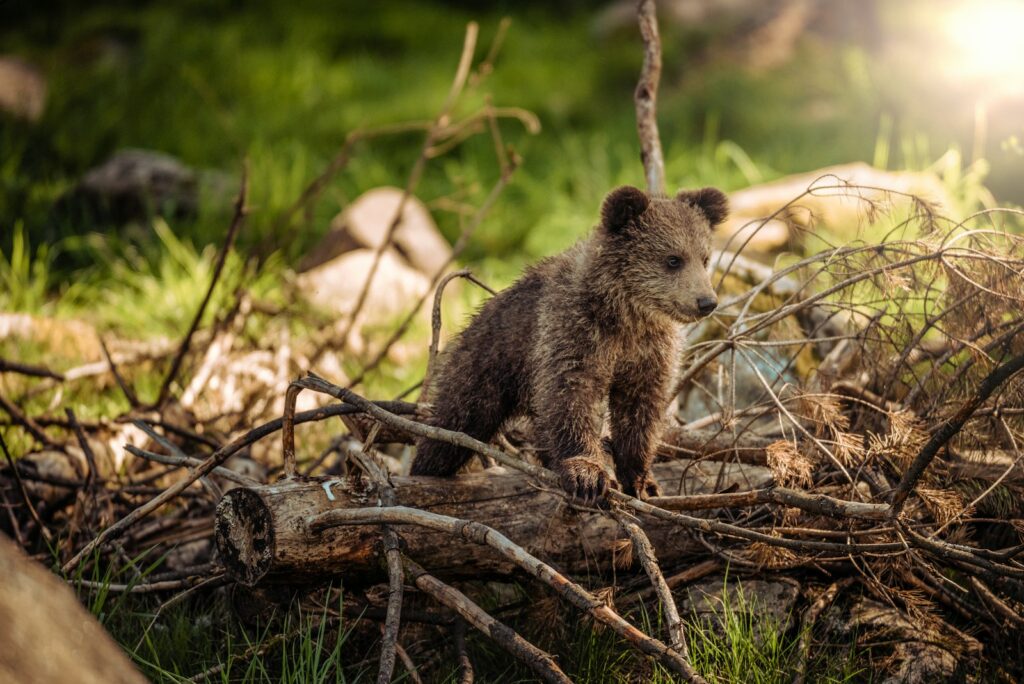
The integration of wireless communication capabilities represents one of the most significant recent advances in wildlife camera technology, transforming static recording devices into dynamic, responsive monitoring systems. Cutting-edge camera traps now incorporate cellular, satellite, or radio transmission technology that allows images to be sent directly to research stations or cloud storage systems within minutes of capture. This real-time data transmission proves invaluable for anti-poaching efforts, enabling immediate response when unauthorized humans are detected in protected areas or when critically endangered individuals appear in vulnerable locations. Some advanced systems incorporate artificial intelligence that can distinguish between species and send alerts only when specific target animals or human intruders are detected, conserving bandwidth and battery life in remote deployments. Park managers can remotely adjust camera settings, alter sampling intervals, or even reposition motorized cameras without physically visiting remote and sometimes dangerous locations, dramatically increasing the efficiency of monitoring programs while decreasing their environmental footprint.
Population Monitoring and Census Techniques

Camera trap networks have revolutionized how parks and conservation areas conduct population surveys of endangered species, providing more accurate counts with significantly less resource investment than traditional methods. Using systematic camera placement in statistically designed grids or transects, researchers can implement robust capture-recapture methodologies by identifying individual animals across multiple camera locations over time. Statistical models then analyze these “captures” to estimate total population size, accounting for detection probability and spatial distribution across the monitored landscape. For species that cannot be individually identified, researchers use occupancy modeling techniques that calculate the proportion of habitat occupied based on detection/non-detection data across multiple camera sites. Time-to-event analysis from camera data helps quantify activity patterns, habitat utilization, and response to environmental changes or conservation interventions with unprecedented precision. These systematic monitoring approaches allow conservation managers to detect population trends early, respond to declines before they become critical, and objectively evaluate the effectiveness of protection measures implemented within park boundaries.
Tracking Behavioral Patterns and Adaptations
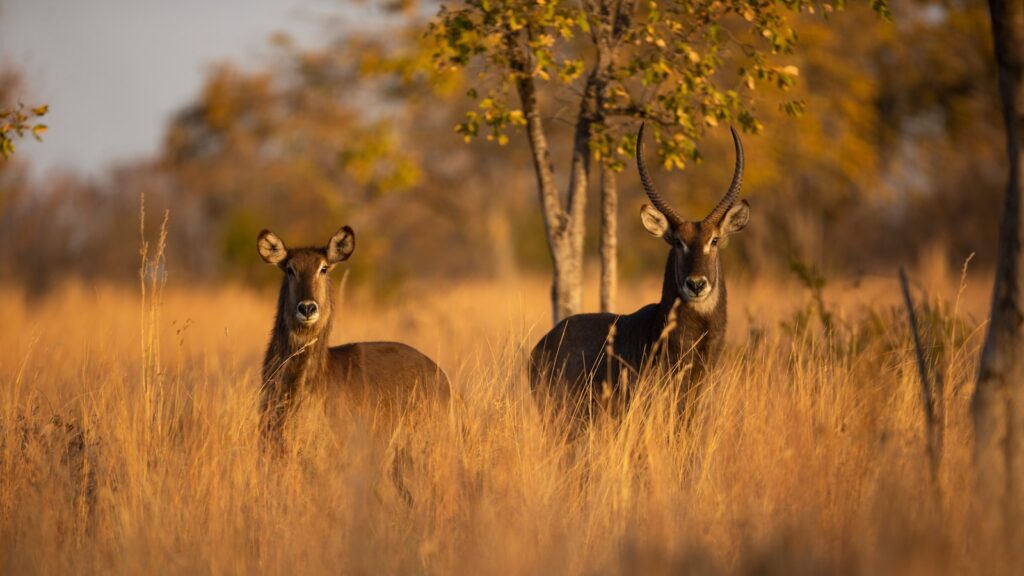
The continuous, long-term nature of camera trap monitoring provides researchers with remarkable insights into behavioral adaptations of endangered species facing environmental changes and human pressures. By maintaining camera networks over multiple years, scientists can document shifts in activity patterns, such as endangered species becoming more nocturnal in areas with increased human activity or altering their territory usage in response to climate-driven habitat changes. Camera data frequently reveals unexpected behavioral flexibility—showing how jaguars modify hunting techniques in fragmented habitats, how mountain gorillas adapt feeding strategies during seasonal food shortages, or how critically endangered rhinos adjust their movement corridors in response to poaching pressure. Time-stamped images across different seasons allow researchers to construct detailed activity budgets for species, quantifying how much time is spent on critical behaviors like feeding, traveling, or resting, and how these patterns shift in response to conservation interventions or environmental stressors. This behavioral data proves invaluable for designing effective protection strategies that account for how endangered species actually use their habitats rather than how humans assume they might.
Combating Poaching Through Strategic Surveillance

Beyond their scientific applications, camera networks serve as critical components in anti-poaching systems, creating virtual barriers that detect and deter illegal activities targeting endangered species. Advanced security-focused camera systems incorporate specialized algorithms designed to identify human figures, weapons, or vehicles, triggering immediate alerts to park rangers who can respond rapidly to potential threats. Some protected areas implement comprehensive camera coverage around high-value resources like rhino populations or along known poacher access routes, creating digital perimeters that significantly increase the risks for would-be poachers. The mere knowledge that cameras are present serves as a powerful deterrent—poachers understand that their images might be captured, stored, and used as evidence in subsequent prosecutions. In many parks, camera systems integrate with broader technological protection measures including acoustic sensors, drone surveillance, and predictive analytics that forecast poaching risks based on historical patterns and current intelligence. This multi-layered approach has demonstrably reduced poaching pressure in several high-profile conservation areas, protecting critically endangered species from immediate extinction threats while authorities address the underlying demand for illegal wildlife products.
Species Interactions and Ecosystem Dynamics

Camera networks provide unprecedented windows into the complex web of species interactions that define ecosystem health, capturing predator-prey relationships, competition, mutualism, and other ecological dynamics difficult to observe directly. By recording multiple species using the same habitat over extended periods, researchers can construct interaction networks showing how endangered species fit within their broader ecological communities. Time-stamped data reveals temporal partitioning—how different species might use the same resources at different times to avoid direct competition or predation risk. Cameras stationed at key resource points like waterholes or fruit-bearing trees document the complete community of users, their dominance hierarchies, and how endangered species might adjust their behavior when competitors or predators are present. These insights prove invaluable for ecosystem-based conservation approaches that recognize that protecting a single endangered species requires maintaining the entire web of relationships on which it depends. When reintroduction programs return endangered species to restored habitats, camera networks provide essential feedback on how these animals integrate into existing ecological communities, helping managers adjust their approaches to maximize success.
Citizen Science and Public Engagement

The visually compelling nature of camera trap imagery has created unprecedented opportunities for public engagement in endangered species conservation through citizen science initiatives. Many park systems now invite volunteers to assist with the enormous task of processing millions of camera images through user-friendly online platforms where participants help identify species, count individuals, or flag interesting behaviors. These projects simultaneously process massive datasets while educating participants about biodiversity conservation challenges and solutions. The striking, intimate glimpses of rare animals in their natural habitats captured by hidden cameras provide powerful educational and promotional material that parks use to build public support for conservation initiatives and funding. Some parks strategically share particularly compelling camera trap footage through social media channels, generating viral content that raises awareness of endangered species far beyond traditional conservation audiences. The emotional connection fostered when people view authentic moments from the secret lives of charismatic endangered animals often translates into tangible support for conservation programs, creating a positive feedback loop where public engagement drives additional protection resources.
Technical Challenges and Innovative Solutions
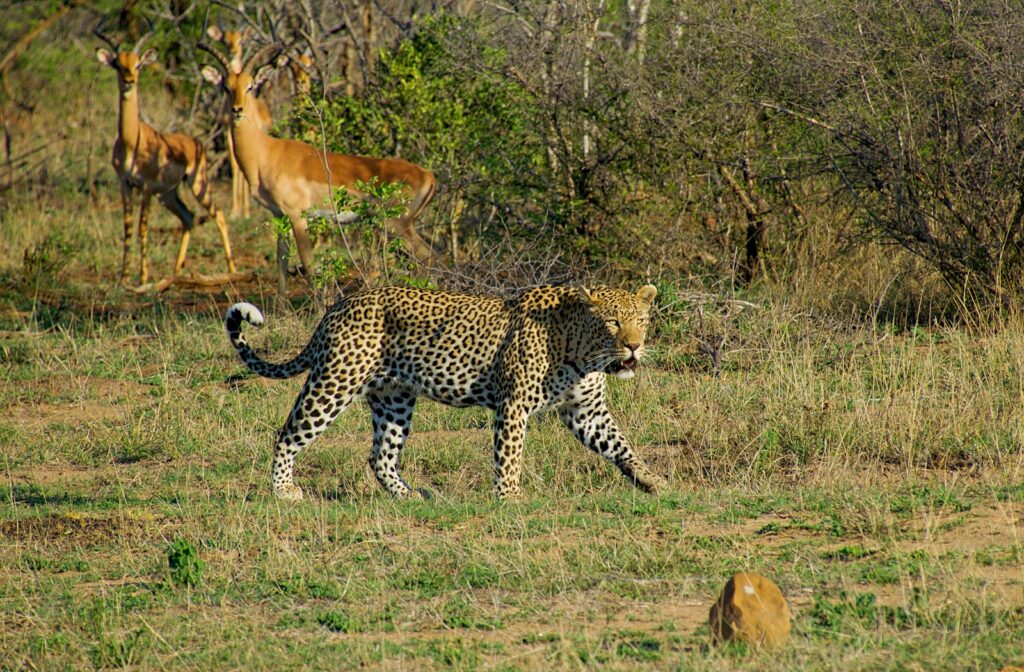
Despite their transformative potential, wildlife camera systems present significant technical challenges that researchers continually work to overcome through innovative engineering solutions. Battery life remains a critical limitation in remote deployments, driving development of solar charging systems, ambient energy harvesting technologies, and ultra-low-power components that can extend operation for months or years without maintenance. Environmental extremes from tropical humidity to arctic temperatures test equipment durability, requiring specialized housing designs, condensation prevention systems, and materials that resist degradation from ultraviolet exposure or salt spray in coastal environments. Data management presents equally formidable challenges—a single park might generate millions of images annually, necessitating sophisticated storage infrastructure, automated processing workflows, and machine learning algorithms that can pre-sort images to reduce human processing time. Camera security itself requires attention, with researchers developing camouflaged housings, anti-theft anchoring systems, and encrypted data transmission to protect both the equipment and the sensitive location data of endangered species from those who might exploit this information. These technical innovations continue to expand the frontiers of what’s possible in remote wildlife monitoring, making camera systems increasingly practical for resource-limited conservation programs worldwide.
Future Directions: AI Integration and Advanced Analytics
The future of camera trap technology lies at the intersection of artificial intelligence and conservation biology, with rapid advances already transforming how parks process and utilize the vast data streams from camera networks. Machine learning algorithms now achieve species identification accuracy rivaling human experts, automatically classifying animals in millions of images and dramatically reducing the processing bottleneck that previously limited large-scale deployments. More sophisticated AI systems can recognize individual animals, detect behaviors like hunting or mating, and even predict patterns by learning from historical data—identifying anomalies that might indicate poaching activity or animal distress requiring intervention. Computer vision techniques increasingly extract quantitative data from images, including precise measurements of body condition that can track population health over time without invasive handling. On the horizon, integrated systems combining multiple sensor types—thermal imaging, bioacoustic monitoring, environmental DNA sampling, and traditional cameras—promise holistic monitoring approaches that capture biodiversity across taxonomic groups simultaneously. As these technologies mature and become more affordable, they democratize sophisticated monitoring capabilities, allowing even smaller parks and reserves to implement evidence-based conservation programs guided by objective data rather than anecdotal observation.
Ethical Considerations in Wildlife Surveillance
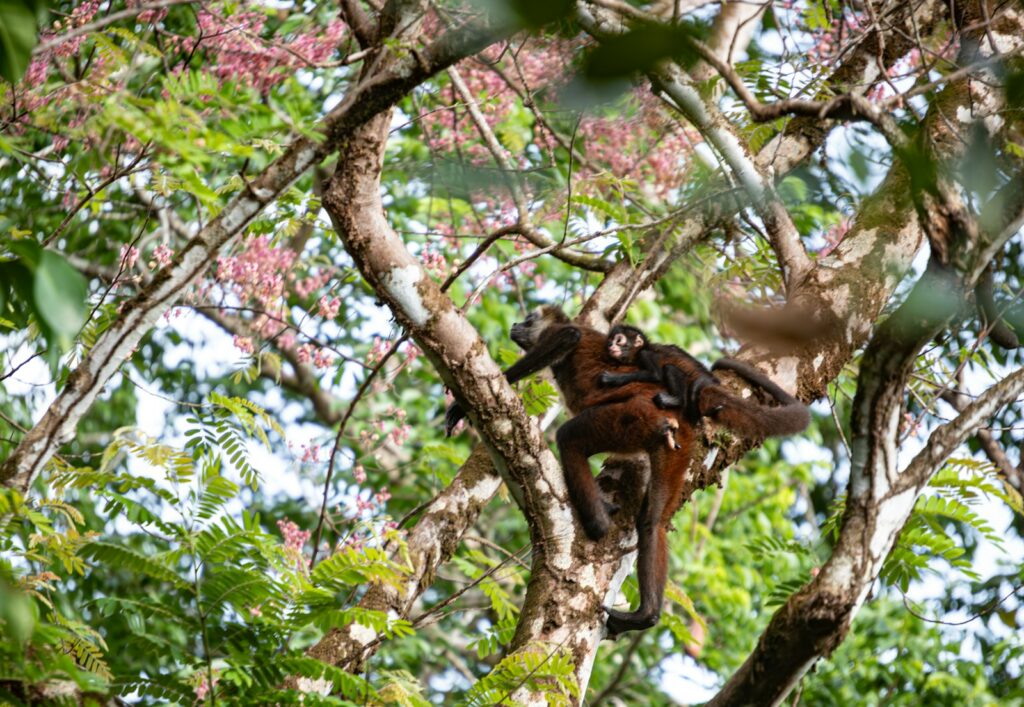
As wildlife camera technology becomes more sophisticated and widespread, conservationists increasingly grapple with important ethical questions surrounding animal privacy, data ownership, and responsible use of surveillance capabilities. The very power of these systems to capture unguarded natural behaviors raises questions about whether constant monitoring constitutes a form of intrusion into wild spaces that should remain free from human technological presence. For indigenous communities and traditional landholders within or adjacent to protected areas, camera placement and data ownership present sovereignty concerns—who controls information about wildlife that has cultural or spiritual significance, and how should traditional ecological knowledge integrate with technological monitoring? The precise GPS locations of endangered species captured by camera systems represent sensitive data that could be exploited by poachers if security protocols fail, creating complex risk calculations for researchers sharing information for scientific collaboration. Conservation professionals continue developing ethical frameworks that balance the genuine need for detailed monitoring data against considerations of minimal intervention, equitable data governance, and responsible technology deployment. These evolving guidelines recognize that the ultimate purpose of wildlife surveillance must be the protection and recovery of endangered species within healthy ecosystems where natural processes can unfold with minimal human interference.
Conclusion
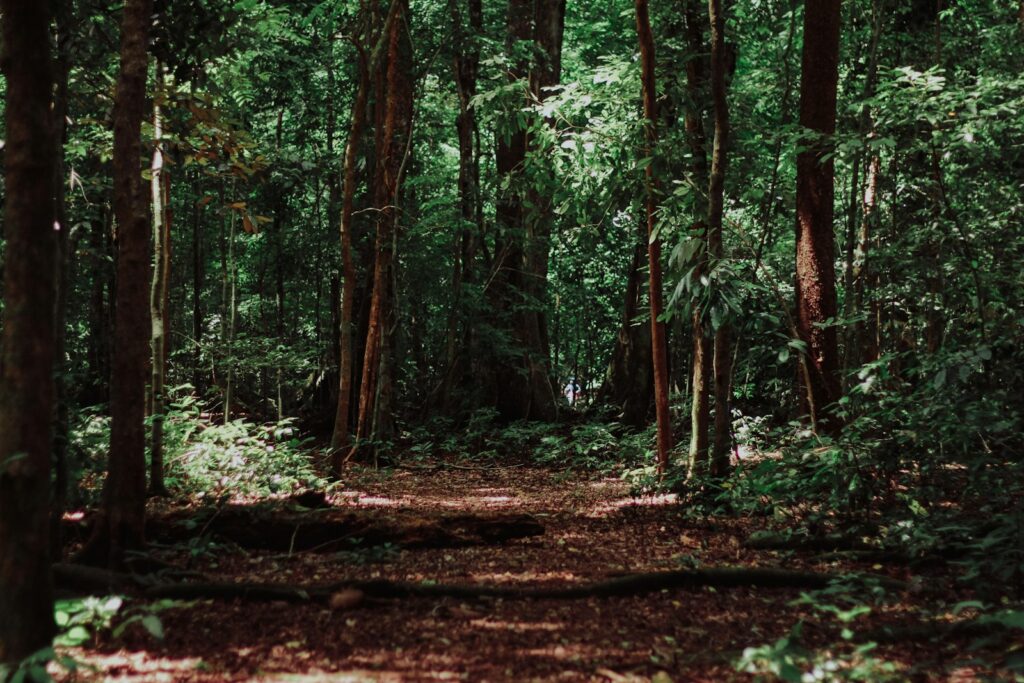
The hidden cameras discreetly monitoring endangered species throughout the world’s protected areas represent far more than mere technological tools—they embody a fundamental shift in our approach to conservation. By allowing us to witness the authentic lives of the planet’s most vulnerable creatures without disturbing them, these silent observers bridge the gap between human conservation intent and wildlife reality. The insights gained from millions of candid moments captured in the wild directly translate into more effective protection strategies, more accurate population assessments, and more informed policy decisions. As camera technology continues advancing alongside analytical capabilities, parks and conservation areas gain increasingly powerful allies in their urgent mission to preserve biodiversity against mounting pressures. Yet perhaps the most profound impact comes when these intimate glimpses of endangered species’ lives reach the public consciousness, transforming abstract conservation statistics into emotional connections with real animals facing real challenges—connections that ultimately drive the societal commitment needed to ensure these remarkable species continue to roam wild places long into the future.

